SUSTAINABILITY IN DESIGN
Design LSM are passionate about design and sustainability. Here they tell us in their own words why businesses should take responsibility to limit impact on the earth’s natural resources.
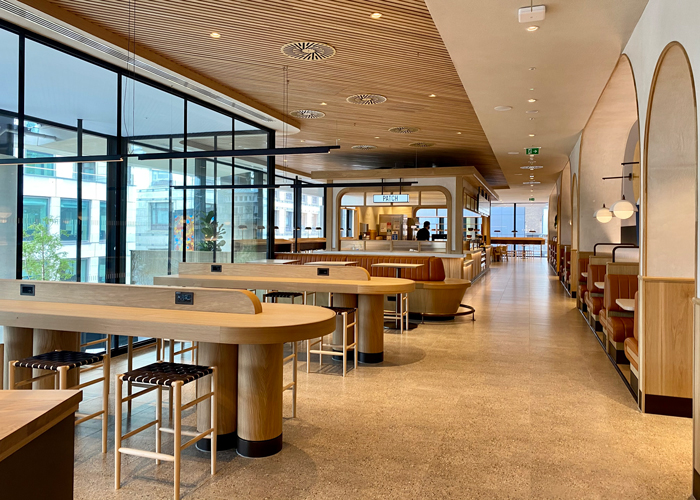
Sustainability in design expands beyond materiality and aesthetics. It’s also about sustaining one’s physical and mental wellbeing, and creating environments that promote health, clarity and inner calm, according to managing director of award-winning DesignLSM, Holly Hallam.
Our recent project, The Market at 22 Bishopsgate in London, saw us curate a space promoting the wellbeing of people – maximising natural daylight and playing with tactility and colour for the emotional needs of the consumer.
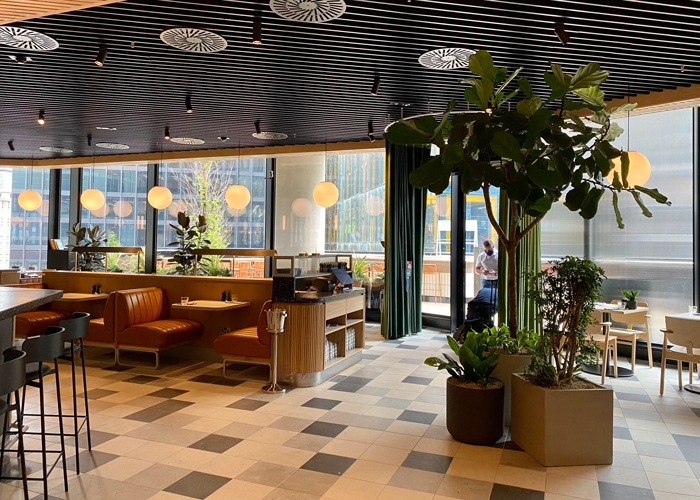
Supporting the notion of sustainability that the building encompasses, our intention was to produce a design that stood the test of time, creating a classic style that was to be appreciated and admired for many years to come. An environmental consultant was also appointed to advise on elements such as the levels of VOC on the finishes of the design to ensure it didn’t impact the overall BREEAM sustainability certification.
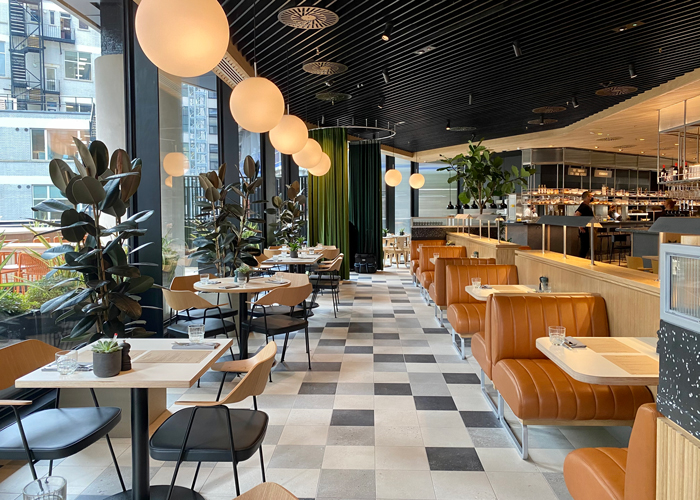
But being sustainable isn’t just about limiting the impact on the earth, it is also about how you can make your business better for both planet and people.
From a design perspective, we have done a vast piece of work around alternative materials that are sustainable, whilst also looking at our supply chain to ensure we are purchasing and creating products from valued and trusted sources that are accountable – whether it is sustainable wood from certified sources or using innovative upcycled materials such as stone cycling, altrock or other innovative recycled materials.
We also explore routes like hiring and repurposing, which are avenues in design that allow a product to be used multiple times without the need for creating from scratch.
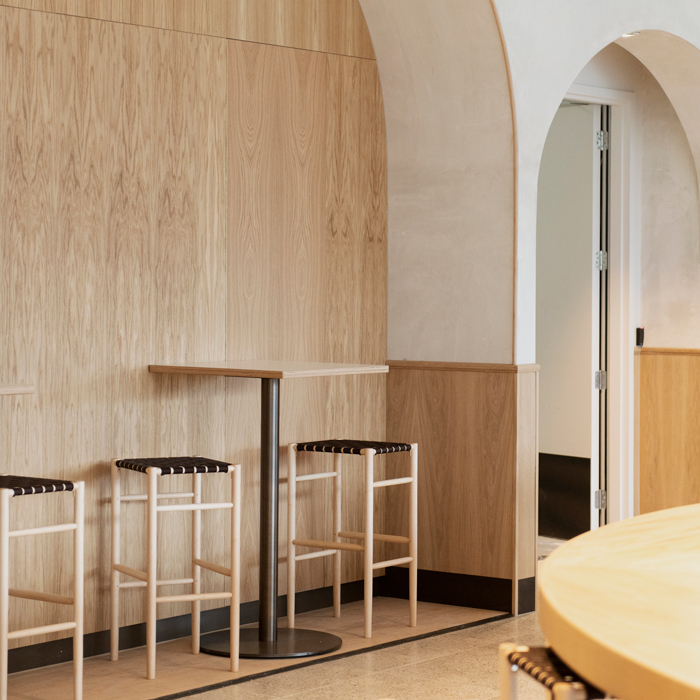
It’s our firm belief that all brands and businesses should take responsibility to do as much as they can to limit their impact on the earth’s natural resources.
Innovation in design has led to some incredibly intelligent solutions which use abundant natural resources and therefore provide a sustainable alternative to man-made materials. For example, Bio-concrete is made from knotweed, although it can also be made from other organic waste materials, such as shells and sand.
Timber Terrazzo, a brilliant British brand, makes sustainable, reclaimed timber flooring. Other materials such as Mycelium, Rammed Earth and Hemp concrete are all ingenious uses of natural materials to make alternative base products.
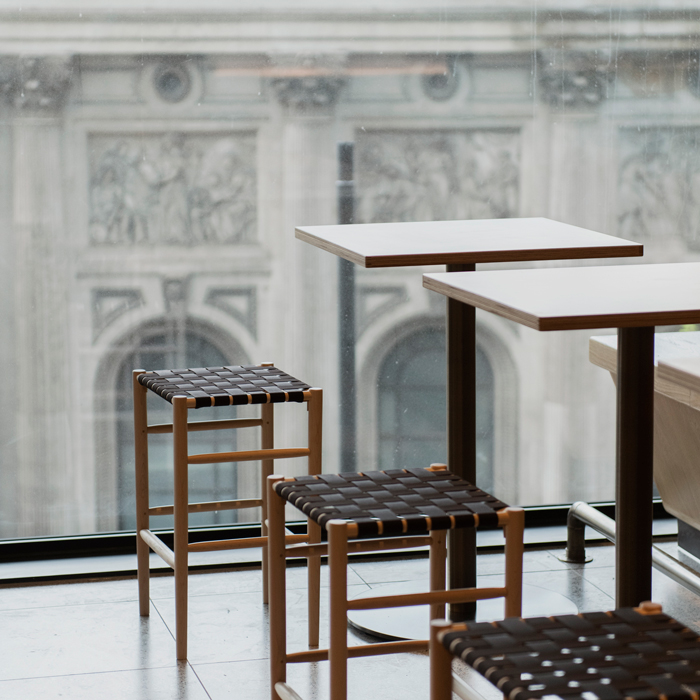
These materials are not just beneficial due to their provenance, but also for their beauty and the tactile qualities that they introduce into a space. We believe it is inevitable that we will be seeing more of these innovative technologies coming through over the next few years, as clients request more environmentally-friendly design.
Utilising sustainable materials is not just an environmental benefit, but can also be a means of communicating a brand’s core principles and ethics. Consumers are increasingly looking to brands to be more transparent about their values, holding them accountable to their actions beyond their offer, understanding their environmental footprint and taking actions to close the environmental loop.
Consumer spending habits are also becoming much more driven by their own value systems, creating loyalty with brands that feel akin to their own ethics, which includes the ownership of one’s sustainability principles and ecological impact.
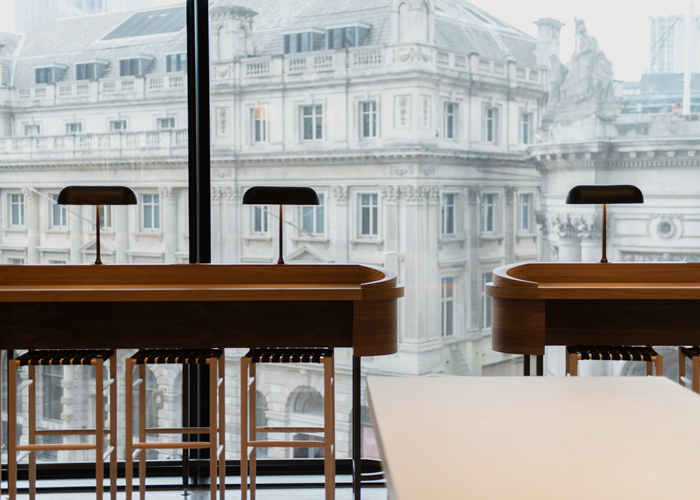
At DesignLSM, we look inwards to ensure we are achieving this level of sustainability for our team – actively encouraging a strong work/life balance, time for us to connect away from our desks, to collaborate and to provide ourselves with space to free the creative process. This includes creative workshops, collective quarter and annual days where we engage with our local community through external talks and beach cleans, for example.
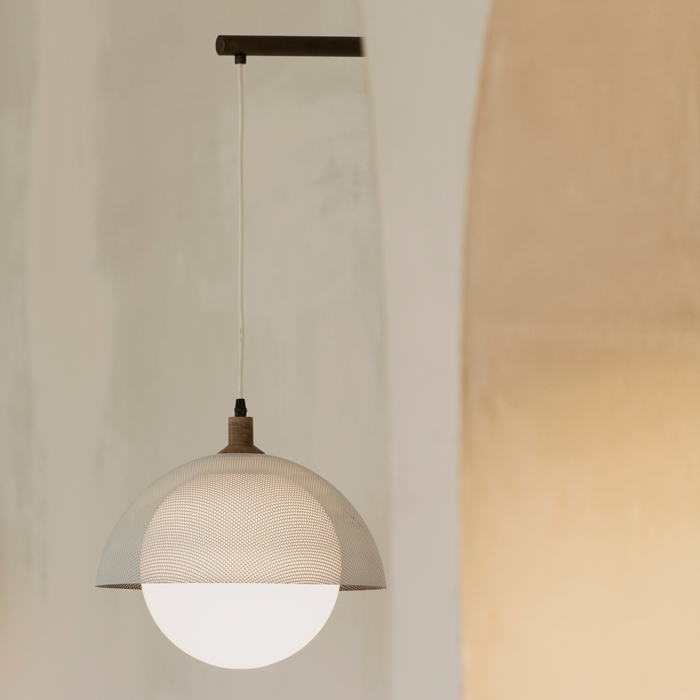
Whist there is a growth in the demand for sustainable materials, the task ahead remains vast. However, by making small adjustments in our approach to creativity and tapping into innovative design solutions, we can be confident we are going in the right direction in creating environments which sustain one’s physical and mental wellbeing, as well as actively working towards the protection of our planet.
Contact Design LSM




